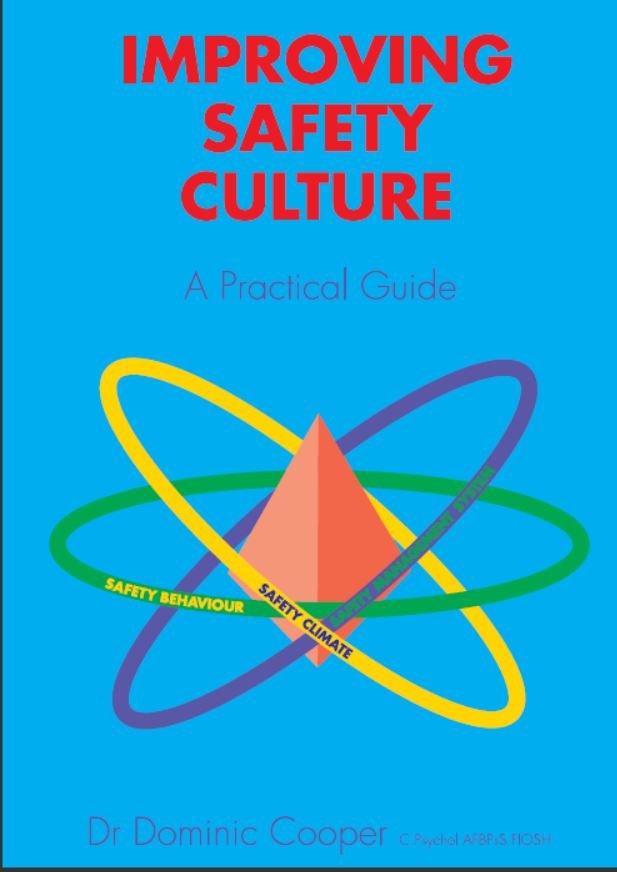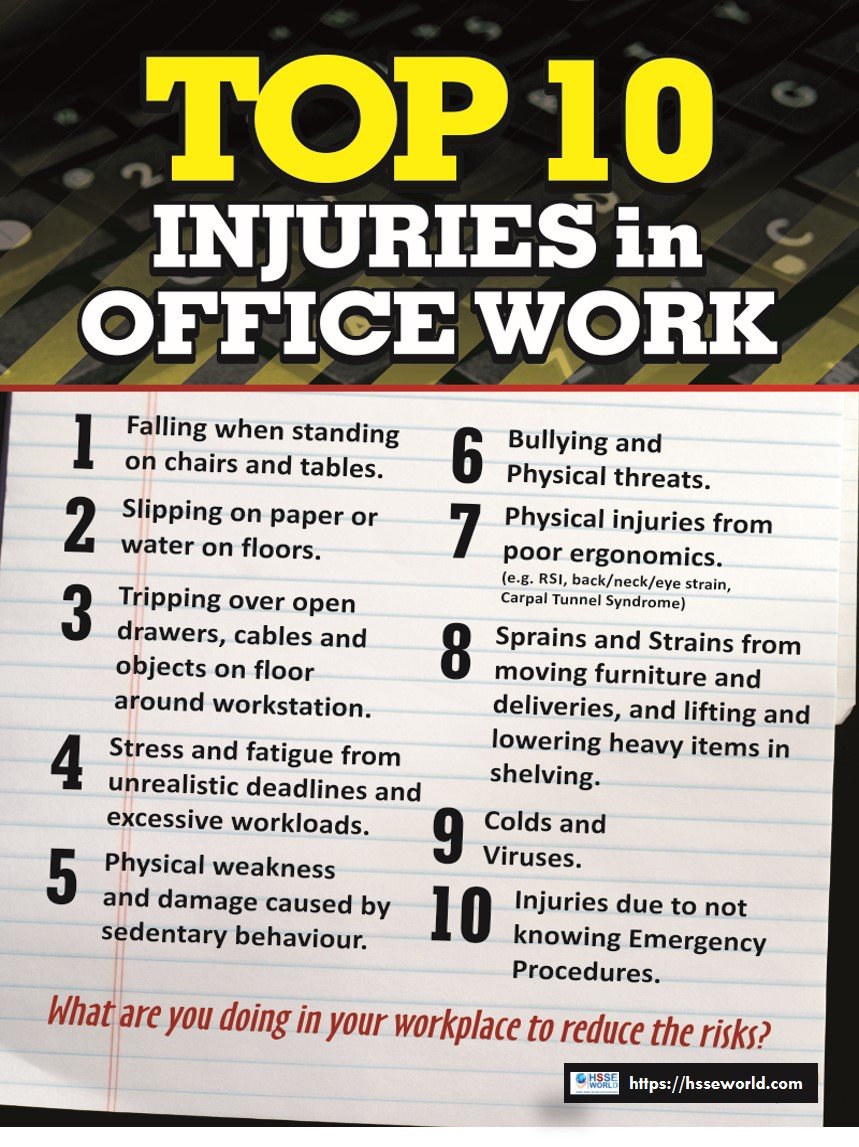Mobile cranes and boom trucks have the potential for catastrophic equipment failure that can cause serious injury or death. In one incident, a worker was fatally injured when a crane collapsed due to the failure of a critical mechanical component. To reduce the risk, mobile cranes and boom trucks must be inspected and certified annually. An important part of the inspection and certification process involves an assessment of a machine’s critical components. This bulletin aims to ensure that both machine owners and certifying engineers understand their responsibilities in the inspection and certification process.

Responsibilities
Mobile cranes and boom trucks have the potential for catastrophic equipment failure that can cause serious injury or death. In one incident, a worker was fatally injured when a crane collapsed due to the failure of a critical mechanical component. To reduce the risk, mobile cranes and boom trucks must be inspected and certified annually. An important part of the inspection and certification process involves an assessment of a machine’s critical components. This bulletin aims to ensure that both machine owners and certifying engineers understand their responsibilities in the inspection and certification process.
Factors the certifying engineer considers
The certifying engineer determines the extent of individual component inspections, including assessment, testing, or dismantling.Some factors relevant in making these determinations include:
- The certifying engineer’s knowledge of the overall effectiveness of the owner’s inspection and maintenance program
- The available inspection and maintenance records
- Known reliability or component problems
- Heavy-duty vs. light use of the equipment, and any known incidents since the last certification
- The age and general condition of the equipment
- Previous inspection history and results
- The requirements of the applicable standards, safety codes, and regulations
- The manufacturer’s specifications and instructions
Inspection by qualified persons
Persons with appropriate qualifications for performing the structural, mechanical, and controls inspections include:
- A person qualified to CSA Standard 2, Certification of Welding Inspectors (for visual weld inspection)
- A person qualified to CAN/CGSB Standard 9712, Non-Destructive Testing — Qualification and Certification of NDT Personnel (for non-destructive testing)
- A licensed heavy-duty mechanic (for mechanical/hydraulic and electrical inspection)
Other qualifications based on training, education, and experience may also be appropriate.
Certification and documentation
Certification must be done by a professional engineer who is licensed to practise in British Columbia.
The certification document must state the following:
- The equipment is safe for
- The structural, mechanical, and control elements of the equipment have been inspected in accordance with the manufacturer’s specifications and the requirements of the applicable design and safety
The certification document must also state the names of the qualified person(s) who carried out the inspection work.
Regulation requirements
For requirements related to annual inspection and certification of mobile cranes or boom trucks, see the sections of the Occupational Health and Safety Regulation and its related guidelines available at your company and international standards.



